Teaching Your Child About Money
Around the age of 2, children are ready to be introduced to the basics of money. By this point, they have seen parents or family members spend money, possibly write a check, and use an ATM card. At home, you can use many fun and economically friendly ways to familiarize your PreK’ers with money.
The number one material you will need for all of these activities is, well, money.
To begin at home, I tell parents to work primarily with coins. Understanding the worth of each coin and how they relate to each other is the basic building block and bills will come later. Try to have a variation of the different types of coins (penny, nickel, dime, quarter). Most of our children’s games come with “play money.” When teaching this concept, use money we use every day.
Other materials that can be used in some of the activities are a piggy bank, a child’s cash register, and small reusable plastic bins. Feel free to create any of these materials on paper too. Have your child use their imagination and art skills to draw their piggy bank or cash register.
Remember to keep each activity short. You want your child to have fun learning this concept and as I’m sure you know, their attention span is only so long!
A great way to introduce coins is by color. Automatically your child will recognize that a penny is a different color from the other three silver coins. In piles or in your reusable plastic bins, have your child sort the pennies from the silver coins. This is an introductory activity, so it’s ok at this point if they don’t differentiate the three silver coins from the penny. *For variation, have your child count 5 or 10 pennies out in order to add to their “penny pile.”
To add more familiarity with the coins, have your child sort them by size. Start with two different coins. With my students I tend to begin with the quarter and dime. It will be obvious to your child that they are two very different sizes. As they become successful with these two coins you can add in the penny and follow that with the nickel. *An important concept to always instill in your child while they are sorting is the worth of each coin. Have your child repeat the amount as they place each coin in their correct pile.
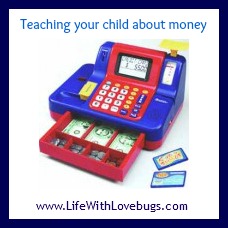 Now we get to pretend! This is where a child’s cash register, or picture of one, comes in handy. You will be practicing the skill of exchanging with this activity. Set an example of what it will look when your child plays the “banker.” Have your child give you an amount of pennies that correspond with one of the silver coins. Reiterate as you exchange the pennies, say 5 pennies for one nickel. If your child tries to give you an odd amount, say 11 pennies, show them that they may exchange 10 of those pennies for a dime, but 1 penny will still be left over. Once you feel your child is ready, have them become the “banker” and exchange with you. Help them along and use the correct amount and name of each coin throughout activity.
Now we get to pretend! This is where a child’s cash register, or picture of one, comes in handy. You will be practicing the skill of exchanging with this activity. Set an example of what it will look when your child plays the “banker.” Have your child give you an amount of pennies that correspond with one of the silver coins. Reiterate as you exchange the pennies, say 5 pennies for one nickel. If your child tries to give you an odd amount, say 11 pennies, show them that they may exchange 10 of those pennies for a dime, but 1 penny will still be left over. Once you feel your child is ready, have them become the “banker” and exchange with you. Help them along and use the correct amount and name of each coin throughout activity.
Don’t worry if your kiddo does not grasp the exchanging concept right away. It can be a little tricky and these skills will be re-taught throughout elementary school, especially in 1st grade.
As for the piggy bank…if spare change can be used, have your child store it in their piggy bank. As they become more and more familiar with each coin, amount, and exchange, they can accumulate money over a period of time. Once the designated period of time is up (2-3 days for a younger child, up to 2 weeks for an older child) have them count their money out and add it together. They may not be able to add up it all on their own, but the ownership around the coin and amount is a great way to solidify the concepts.
Worksheets and workbooks are a great way to solidify any new concept your young child is learning. Some easily accessible workbooks I’ve found at my local bookstore, Barnes & Noble. My favorites, for your child who is ready, are:
This is a great workbook to repeat vocabulary and grade-appropriate activities. You’ll repetition in this book, but that is key to solidifying any new task or concept your child is learning. Try this out with your young kiddos at home, flip through and find appropriate activities, and include materials.
Practice Makes Perfect is an amazing series across both mathematics and language arts. Not only does this workbook have some fun activities for practice, but it also supports what your child will be learning in school and allow them extra practice to get ahead.
Have fun looking for a workbook with your child and see what grabs their attention and interest. Remember to enjoy any new activity you’re introducing to your child!

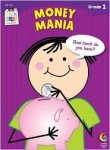
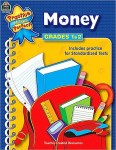

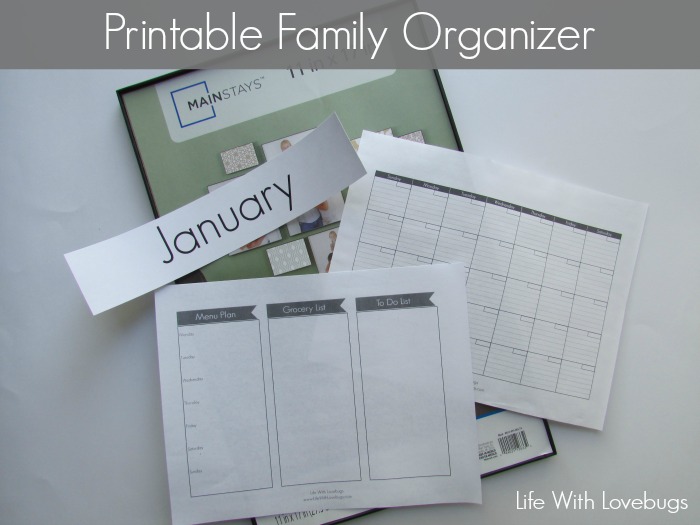
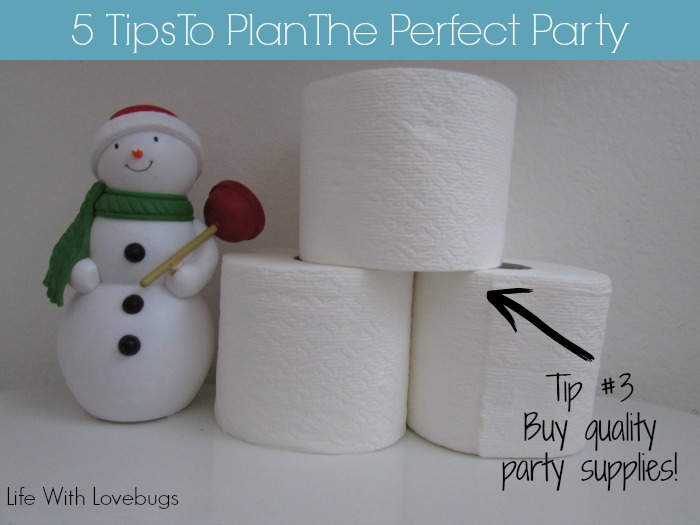
Hey Anne! Thanks so much for leaving a comment and love your blog! Your kids are super cute!
Hope to read more of your posts and please visit our site for more of mine and Monika’s!
These are some great ways to teach kids about money. My kids are getting to this stage and I was trying to think of ways to do it…this will help me a lot!
Great! Glad that we can be of help! -Monika